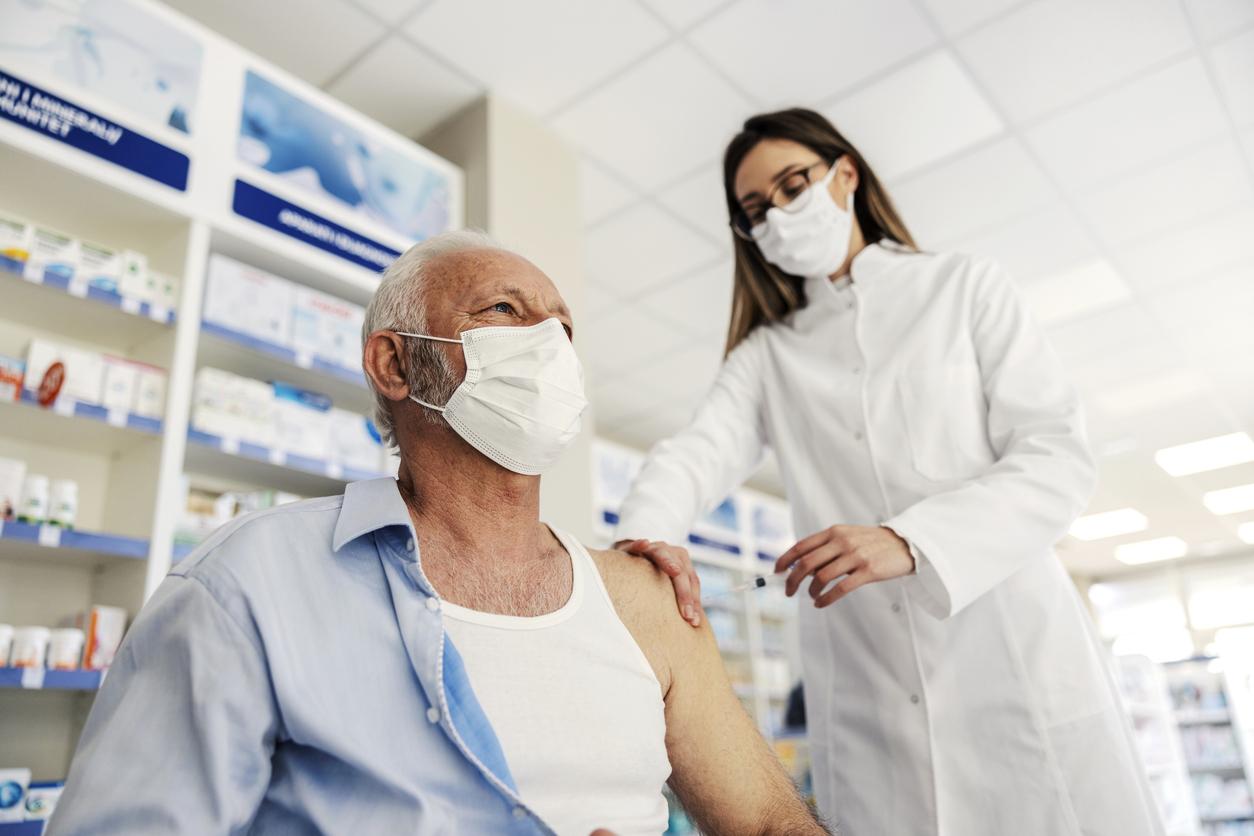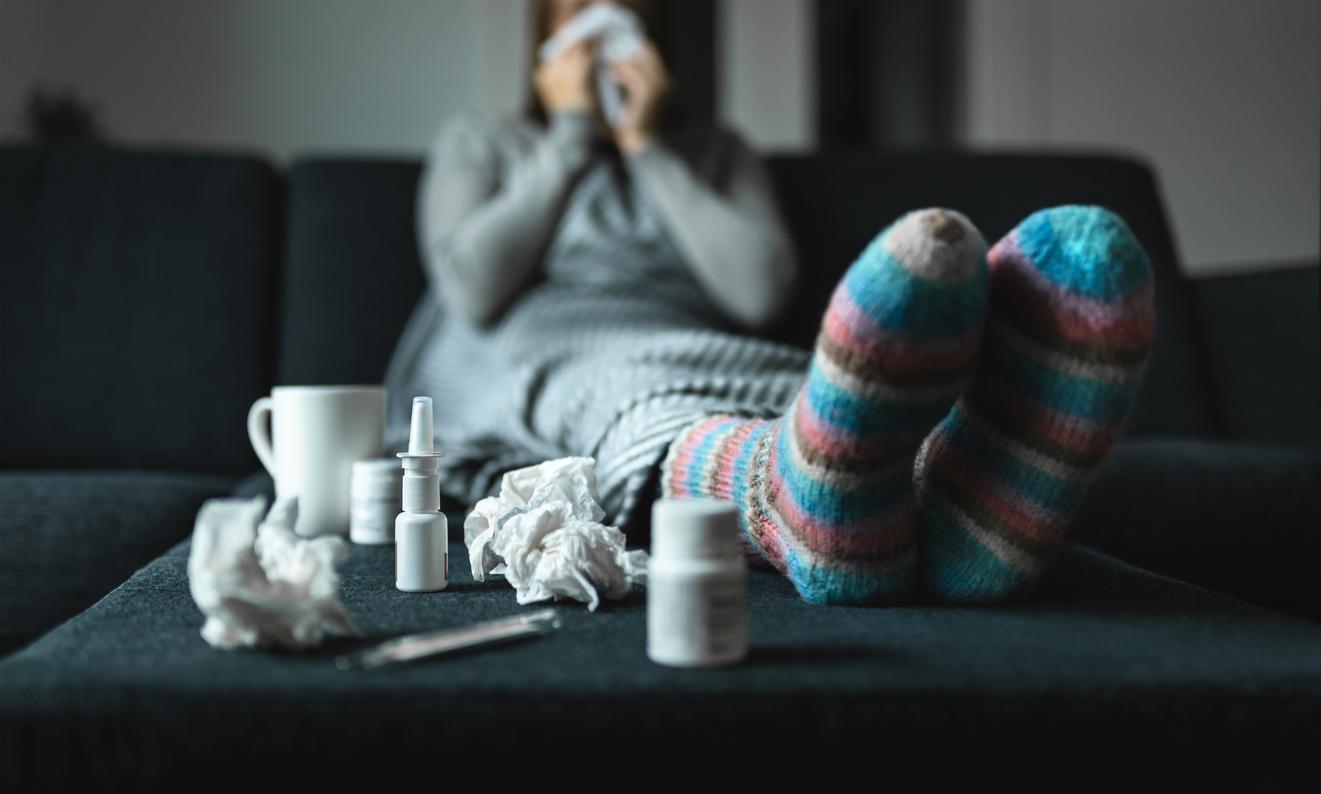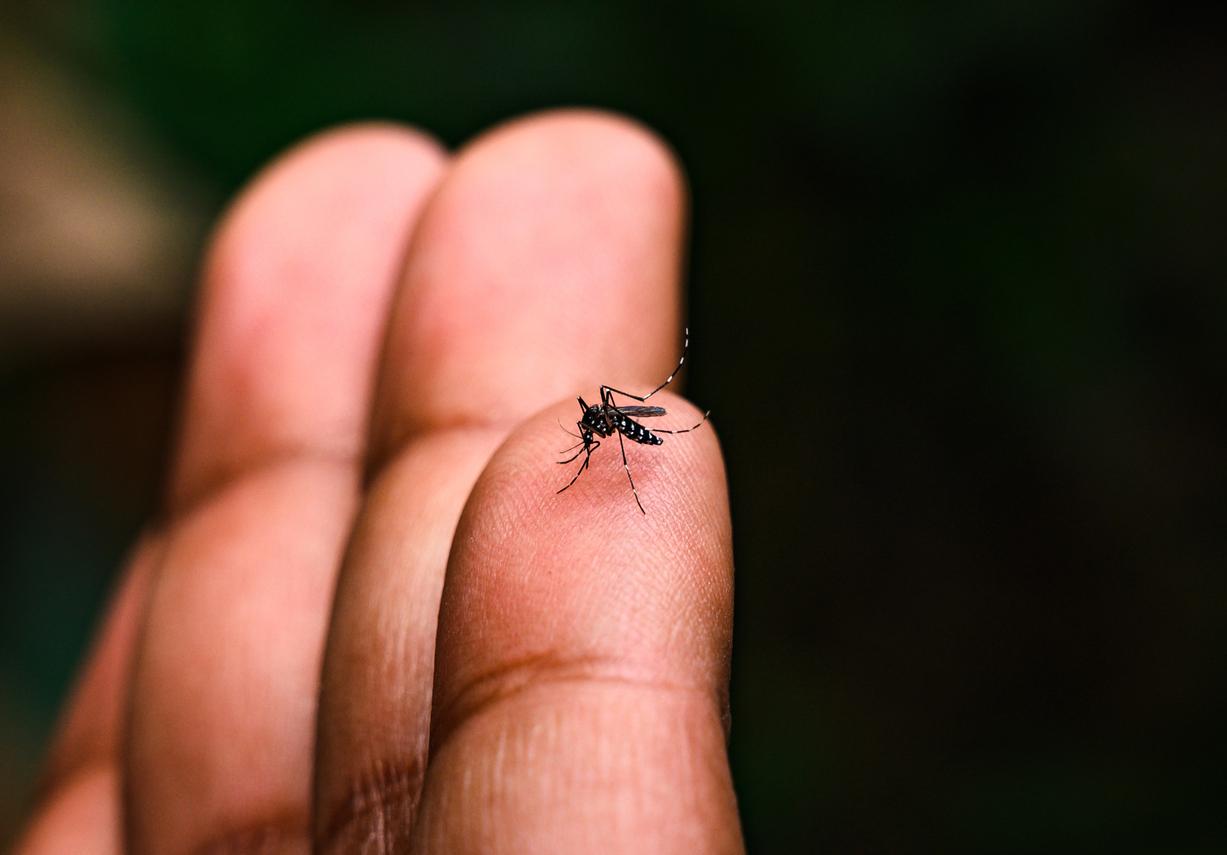SUMMARY :
- Where is the flu epidemic in France?
- What is the flu?
- What are the symptoms of the flu?
- How is flu diagnosed? How to differentiate it from Covid-19?
- What to do to relieve in case of flu?
- What are the treatments for the flu?
- When should you see a doctor for the flu?
- What natural treatments are effective against the flu?
- Flu vaccination: what you need to know
Where is the flu epidemic in France?
Influenza indicators are on the rise, indicates Santé Publique France in its latest epidemiological bulletin (February 9): the positivity rate is “clearly increasing in city medicine” and emergency room visits and hospitalizations are also increasing, “especially in children under 5 years old“.
The evolution of influenza activity was also variable depending on the region. Thereby, the flu intensifies in:
- Provence-Alpes-Côte d’Azur,
- in Corsica,
- in Auvergne-Rhône-Alpes,
- in Brittany
- and Ile-de-France.
In contrast a drop in indicators is observed in the Centre-Val de Loire and Hauts-de-France regions.
The indicators were stable in the other regions.
What is the flu?
Influenza is a contagious viral respiratory infection causing seasonal epidemics, usually between November and April. Every year, the flu affects between 2 to 6 million French people, according to Public Health France.
The influenza virus belongs to the influenza virus family. There are 3 types, each comprising several strains.
- type A is the most dangerous because it can change significantly and radically. It generates, three or four times per century, a worldwide epidemic or pandemic (like the Spanish flu 100 years ago).
- type B is the most frequent. It is responsible for epidemics.
- type C causes cold-like symptoms. It is not the source of an epidemic.
Influenza viruses have the property of mutating their genetic capital, ie of changing over time. This is how new flu viruses emerge each year, forcing those at risk to get vaccinated every year.
>> The transmission of the virus is done by coughing, sneezing and…hands! This is why during an epidemic, it is recommended to wash your hands frequently to prevent the spread of the virus. The virus is also transmitted through viral particles present in exhaled air. During an influenza epidemic, wearing a mask could therefore be just as effective a barrier gesture as with covid-19.
What are the symptoms of the flu?
After contamination with flu virusthe disease occurs after 48 hours of incubation on average. It is manifested by symptoms of high intensity. Here are the signs to look out for:
- a fever above 38.5°C
- chills
- headaches
- a feeling of general malaise and widespread pain in the muscles and joints that may persist for several days
- sometimes signs of conjunctival, laryngotracheal or bronchial irritation (dry cough)
- digestive disorders (nausea or vomiting) may also sometimes appear.
>> We become contagious to those around at the first symptoms and remain so for at least 5 days.
How is flu diagnosed? How to differentiate it from Covid-19?
Flu or Covid? The flu and covid-19 both cause respiratory infections whose symptoms can be similar, even though the two illnesses are not alike at all. This is why, to make the diagnosis, the doctor asks a direct detection test for the SARS-Cov-2 virus of Covid-19 (PCR test). If it is positive, then it is Covid-19. If it’s negative, you (may) have the flu.
If the flu is benign for a healthy adult, it can however cause complications in a fragile person (infants, elderly, chronically ill, immunocompromised people). These so-called “at risk” people receive a vaccine reimbursement voucher sent by Health Insurance each autumn.
What to do to relieve in case of flu?
The flu is a virus, so antibiotics are totally useless to treat it. Only in case of superinfection (bronchitis, otitis…) than a cure forantibiotics may be prescribed in addition to basic flu treatment.
The recommendations health insurance:
- In case of fever, drink regularly and abundantly to avoid dehydration.
- Wear light clothing. And ban duvets and comforters that make you sweat and risk raising your temperature.
- To fight against fever and muscle and/or joint pain, taking paracetamol is generally recommended because this drug which has an antipyretic effect (that is to say that lowers fever) and analgesic (which reduces pain and the unpleasant feeling of aches).However, be sure to use a dosage adapted to your age and weight and to respect the contraindications.
- Rest.
What are the treatments for the flu?
The treatment of flu associates:
- Rest ;
- rehydration;
- taking antipyretics in case of fever
The flu evolves towards healing in a few days (from 3 to 5 days, sometimes more) but a period of general fatigue can persist for several weeks (convalescence). In general, the treatment is based on a cure of paracetamol (Doliprane®, Efferalgan®…) which has an antipyretic effect (it lowers fever) and antalgic (reduces pain). It can be combined with a vitamin C cure to strengthen your body’s defences: 500 mg per day for adults, 250 mg for children, to be continued for a fortnight.
Antivirals (Tamiflu®, Relenza®, etc.) can slightly reduce the duration of the flu episode, but to be effective, they must be taken as soon as symptoms appear (within the first 2 days). Antivirals are prescribed by the doctor vulnerable people, such as pregnant women.
Finally, be aware that during the treatment, it is often recommended to stay well hydrated because the fever will cause you to lose a lot of water, and to rest well.
When should you see a doctor for the flu?
If you have flu symptoms seek medical advice as it may be a Covid-19 infection. Consult your doctor as soon as possible:
- if you are pregnant
- if you suspect the flu in your baby
- if you suspect you have the flu and are over 65
- if you have a chronic illness
- if you are following a treatment responsible for immunosuppression (corticosteroids, anti TNF alpha, post-transplant treatment, etc.)
- in case of poorly tolerated fever (more than 40°C) or unusual flu symptoms such as difficulty in breathing, cough with purulent or bloody sputum, diarrhea with dehydration.
What natural treatments are effective against the flu?
>> Healing with plants: echinacea (anti-infectious) and ginseng (stimulant) can be used in mother tincture (50 drops of echinacea twice a day and 50 drops of ginseng in the morning) or in extracts (1 capsule of echinacea in the morning and noon, and 1 capsule of ginseng in the morning).
- Immunity herbal tea: prepare a mixture of 40 g of echinacea root, 30 g of elderberries and 30 g of eleutherococcus root. Immerse 4 tablespoons of this mixture in 1 liter of cold water, boil for 5 minutes and infuse for 10 minutes before filtering. Drink throughout the day (not recommended for autoimmune disease and pregnancy)
>> Treat yourself with trace elements: copper alone or combined with silver and gold. Three doses per day for the first two days, then two per day for the duration of the infectious episode.
>> Treat yourself with essential oils: in a 30 ml tinted glass bottle, mix 30 drops of ravintsara EO, 30 drops of niaouli EO and 30 drops of noble laurel EO and 27 ml of apricot kernel vegetable oil. Apply a few drops of this mixture to the lymph nodes under the jaw, in the hollow of the wrists and under the collarbones, 5 times a day. Or take 3 drops of this mixture in a teaspoon of honey 4 times a day during symptoms (not recommended in case of asthma and pregnancy).
>> Treat yourself with naturopathy: take 30 drops of grapefruit seed extract in a glass of water, morning, noon and night, for the duration of symptoms. Or take 500 g of propolis in capsules morning, noon and evening for the duration of the symptoms.
Flu vaccination: what you need to know
Vaccination against seasonal flu is recommended every year because the flu virus changes from year to year. In adults, a single injection is sufficient: vaccine protection begins about two weeks after the date of the injection.
The vaccination campaign starts in mid-October with the sending, by Health Insurance, of a voucher for the reimbursement of the vaccine to the most vulnerable people:
- People aged 65 and over
- Pregnant women,
- People with chronic diseases: COPD, diabetes, respiratory or renal failure…
- Obese people, i.e. having a body mass index (BMI) greater than or equal to 40
- People who regularly meet an infant under 6 months or an immunocompromised person (HIV, etc.)
Vaccination is also recommended for health professionals in regular and prolonged contact with people at risk of severe flu, as well as fire and rescue service personnel (SDIS), home help service personnel (SAAD), and home help via CESU (individual employers) for the elderly or people at risk of severe flu.
Sources:
- Weekly epidemiological bulletin, Public Health France.
- Understanding the flu – Health insurance
- Ministry of Health – The vaccination schedule
- My natural health, Charlotte Jacquet and Caroline Gayet (ed. Leduc)
Read also :
- Influenza in children: what to do?
- Colds, gastroenteritis, flu… Viruses attack: 6 things to know to deal with them
- I have the flu, what do I eat?
- Flu: grandmother’s remedies to perk up
















